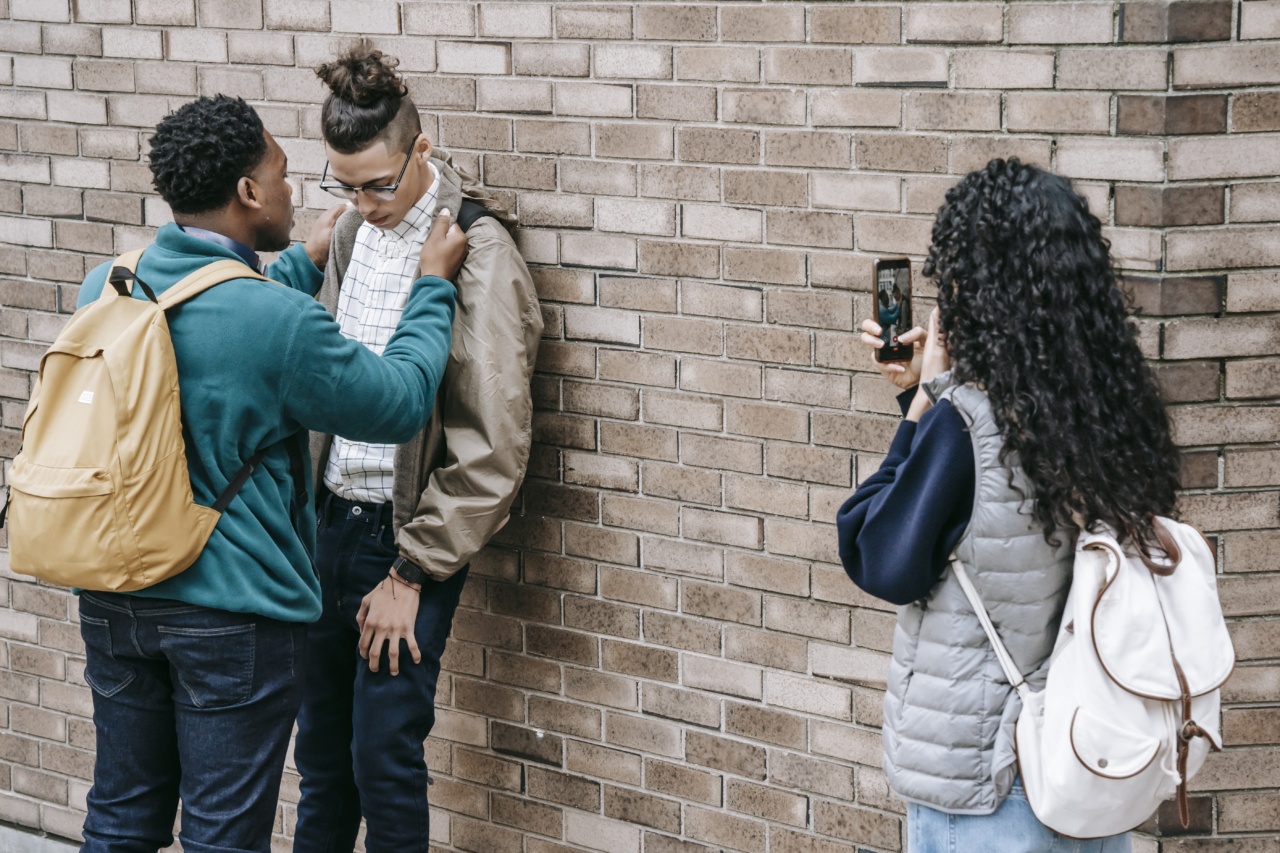Bullying has become a growing concern in schools worldwide, and it’s affecting millions of students. Bullying can lead to depression, anxiety, and suicide. Schools have taken notice, and many have implemented various programs to combat bullying.
One of the most effective ways to prevent bullying is through educational videos that are targeted towards students. Anti-bullying videos can help build awareness, encourage kindness, teach empathy, and promote a safer school environment.
What is Bullying?
Bullying is any intentional act of aggression or harassment that occurs repeatedly over time. It can take many forms, including verbal, physical, or social. Bullying can occur in school, online, or in the community.
It can cause a significant impact on a child’s wellbeing and lead to depression, anxiety, and suicidal thoughts.
Why Creating Anti-Bullying Videos?
Students tend to watch videos more than reading books on the same topic. Therefore, creating an Anti-bullying video can make them understand the concept of bullying in an enjoyable way.
Also, a video can be used over and over again, and students can share them with their peers.
How to create an Anti-bullying Video for Students?
The first step in creating an Anti-bullying video for students is to research and understand the audience. Create a storyboard that will quickly catch student’s attention, keeping in mind the essence of your material.
You can use social media platforms to get ideas on how to create the best Anti-bullying videos for students.
Essential Elements of an Anti-bullying Video
Anti-bullying videos should have certain elements that will have the most significant impact on students. These include:.
- Credibility: The video should come from a trusted source that students will respect.
- Real-life Scenarios: Include scenarios that students often encounter, making it easy for them to understand; for example, name-calling, exclusion, cyberbullying and gossip.
- Empathy: Use a storyline that showcases how the targets of bullying feel. This way, students are more likely to identify with the victim in the video and learn the importance of compassion.
- Call-to-Action: An Anti-bullying video should encourage and challenge students to take action. Provide them with resources and information on how they can report bullying and support the victims.
- Positive Example: End the video with a positive example of how students can put into action the importance of treating each other kindly and with respect.
Impact of Anti-bullying Videos
Anti-bullying videos can help change attitudes and behaviors among students. The following benefits can be gained by watching Anti-bullying videos:.
- It helps create awareness about the effects of bullying on students.
- It teaches students empathy and reduces feelings of isolation among students.
- It fosters a sense of responsibility among students to stand up against bullying.
- It encourages positive interaction between students, which can lead to a safer school environment.
Examples of Anti-bullying Videos for Students
Here are a few examples of Anti-bullying videos that can be used in schools:.
- The Bully Busters: a two-part video that teaches students what bullying is and how to stop it.
- You Are Not Alone: a video that showcases the impact of bullying and encourages students to stand up against it.
- Kindness is Contagious: a video that showcases how small acts of kindness can change the school environment.
- Cyberbullying: the Documentary: a video series that showcases what cyberbullying is and the impact it has on students.
Conclusion
An Anti-bullying video is a powerful tool schools can use to combat bullying. When combined with other anti-bullying programs, it can significantly reduce bullying and foster a safer school environment.
Anti-bullying videos should always be well-researched, well-planned, and engaging to have the most significant impact on students.






























